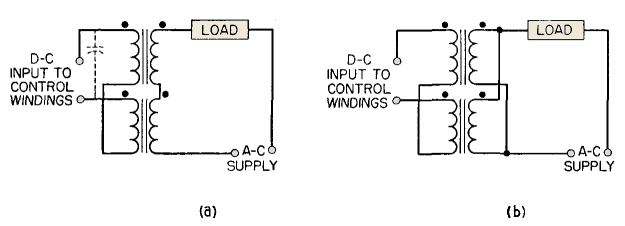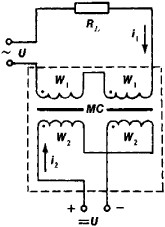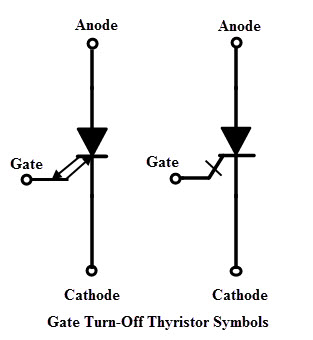In Peter Lindemann's system, we observe that energy tends to return due to back emf, но к сожалению мы не видим его зависимость от оборотов
[VIDEO]https://www.youtube.com/watch?v=DuZ3YptgngY[/VIDEO]
[VIDEO]https://www.youtube.com/watch?v=DuZ3YptgngY[/VIDEO]












Comment